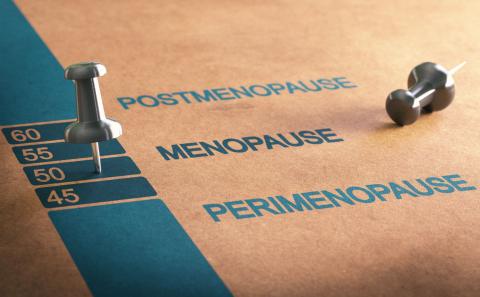IVI Foundation (Valencian Infertility Institute)
If you are the contact person for this centre and you wish to make any changes, please contact us.
Principal Investigator at IVIRMA Global Research Alliance, IVI Foundation (Valencian Fertility Institute) and La Fe Health Research Institute
Director of the IVI Foundation (Valencian Infertility Institute) and Director of Research Administration at IVIRMA Global Research Alliance in Valencia
Postdoctoral researcher at IVIRMA Global Research Alliance, IVI Foundation (Valencian Fertility Institute) and La Fe Health Research Institute

The ovarian cycle is regulated by internal circadian rhythms rather than external processes, says a study published in Science Advances. Using menstrual cycle data from some 3,000 women in Europe and North America, the authors add that the influence of the lunar cycle on women's menstrual cycle is weak, but significant.

Sperm from older fathers are more likely to pass on new mutations that would cause congenital disorders to their babies, while other mutations are independent of paternal age, says a study published in Genome Biology and Evolution. The team analysed the frequency of ten FGFR3 gene variants in semen samples from anonymous donors aged 23-59 years in Austria. Two pathogenic mutations of this gene do occur more frequently in older fathers: those associated with achondroplasia and with thanatophoric dysplasia, a rare and very fatal disease. Other mutations have no correlation with paternal age and may occur in the testes before sexual maturation, according to the study.

Heavy metals - including arsenic, cadmium and mercury - may adversely affect the ovaries of women approaching menopause, a study claims. Those with high levels of metals in their urine had lower levels of anti-Müllerian hormone, indicating diminished ovarian reserve - fewer oocytes in the ovaries compared to other women of that age. The authors, whose study is published in The Journal of Clinical Endocrinology & Metabolism, used urine data from more than 500 women in the US up to 10 years before their last menstrual period.